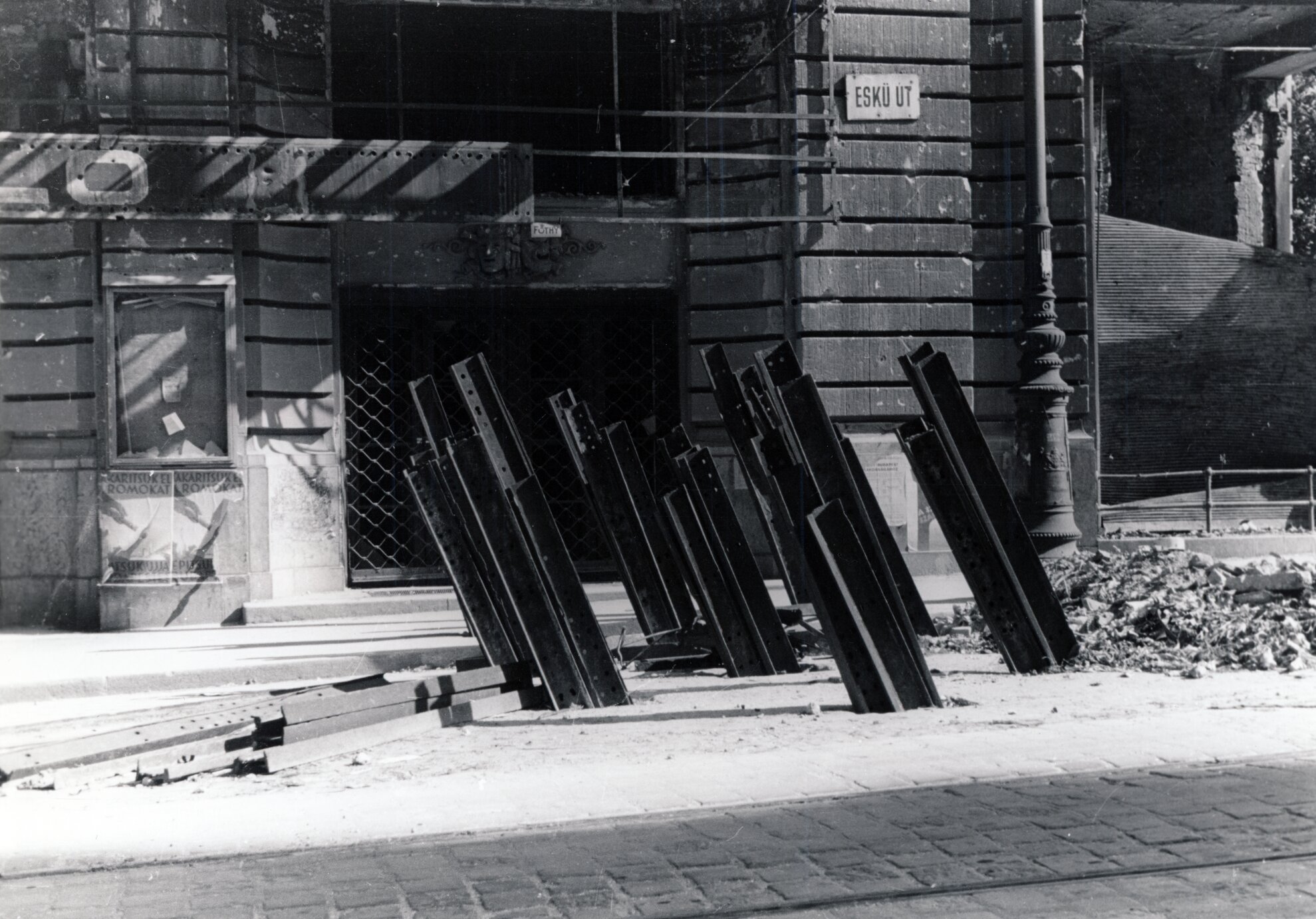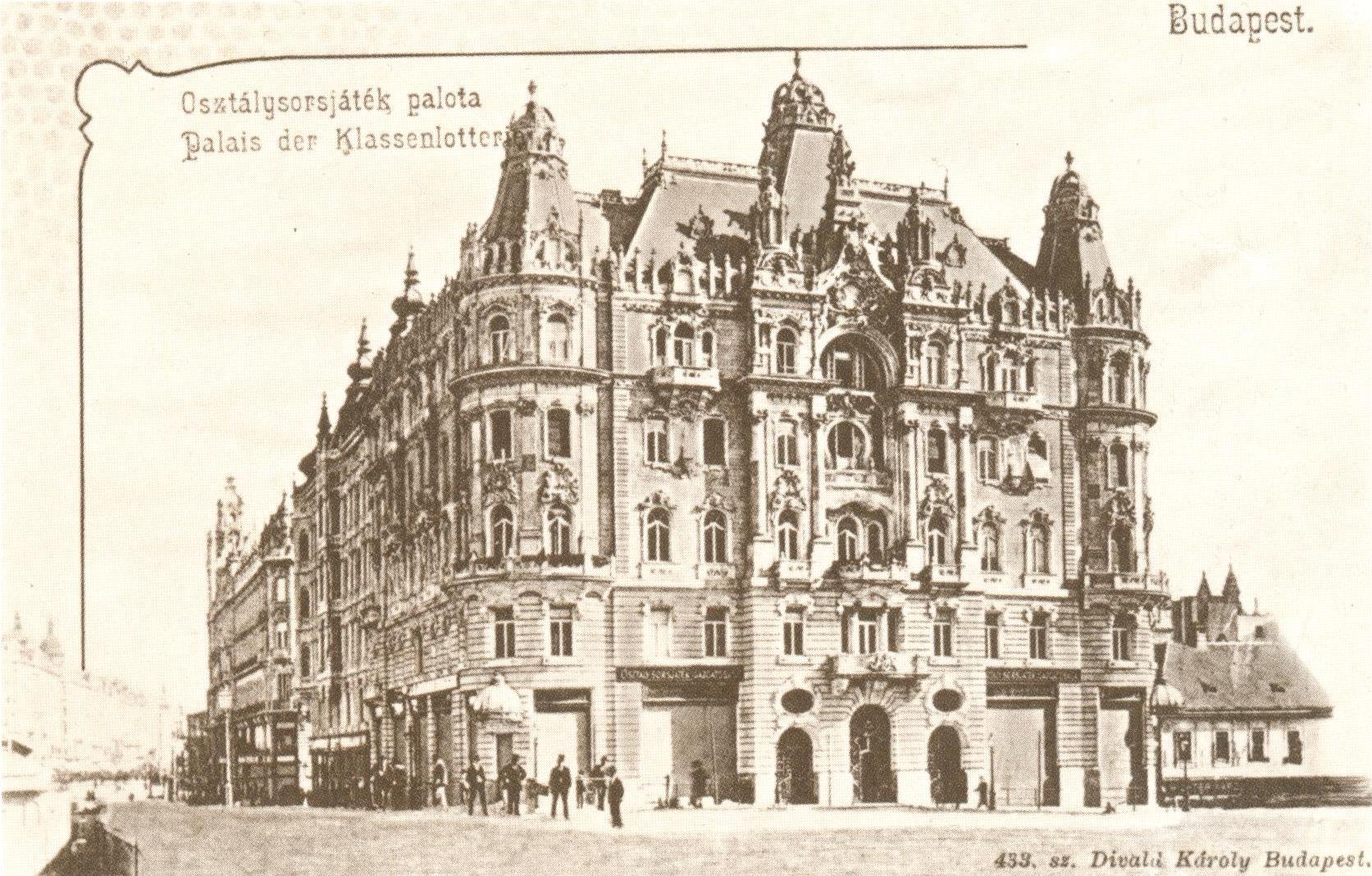Raffles began to appear in Hungary at the end
of the 1700s. Oddly enough, while casino activities and dice games were still
prohibited, purchasing foreign raffle tickets was legal. Along the lines of
charity events in Vienna, attendees of fundraising raffles in Budapest could
support local non-profit organisations such as the Institute for the Blind or
the Women’s Club of Pest.
Back then, these charitable initiatives helped to
crowdfund the establishment of a local health-care, educational and communal
infrastructure.

As their popularity grew, a new variant caught on: the Class Lottery. In
spite of its name, osztálysorsjáték, it had nothing to do
with style, rank or group. The game was divided into several classes of draws,
each offering tickets at different prices, and prizes increasing in value the
more you paid.
In 1895, the Class Lottery was held as a trial run whose entire
revenue was donated to the organisers of the forthcoming Hungarian Millennial Exhibition. Every year, two Class Lottery games were conducted over six
different series, each one a separate draw scheduled for a different time.

The first took place in the grand hall of the elegant Pesti Vigadó, an event so successful that it was staged twice more that same year. This helped spark an amendment to the gambling laws under which this lottery officially replaced the hitherto popular lutri, an older version of the sweepstake.

Encouraged by public enthusiasm, the Royal
Hungarian Class Lottery Corporation commissioned the construction of a
dedicated four-storey palace on Eskü tér, today’s Március 15. tér in the shadow
of Elizabeth Bridge, with a splendid view of the Danube.
The style of the Osztálysorsjáték Palota (‘Class Lottery Palace’) was an exciting mixture of Baroque
and Art Nouveau elements. The building was an early work by Albert Kálmán
Kőrössy and Artúr Sebestyén, devotees of Ödön Lechner, the pioneer of Art
Nouveau here.
Its inner courtyard had a glass roof and served as a banquet hall
appointed with furniture partly designed by Lechner himself. Kőrössy and
Sebestyén went on to become sought-after architects and designed such
magnificent buildings as the Hotel Gellért and the Kőrössy Villa near
Városliget.

Up until 1918, the palace housed the offices
of the lottery directorate, luxury apartments and even a theatre run by Vilma
Medgyaszay, a famous actress of the day.
During World War II,
this beautiful landmark was gutted by fire and burned out so badly that complete
renovation seemed impossible. Nowadays, the Pest access to Elizabeth Bridge is
located where the palace once stood.




